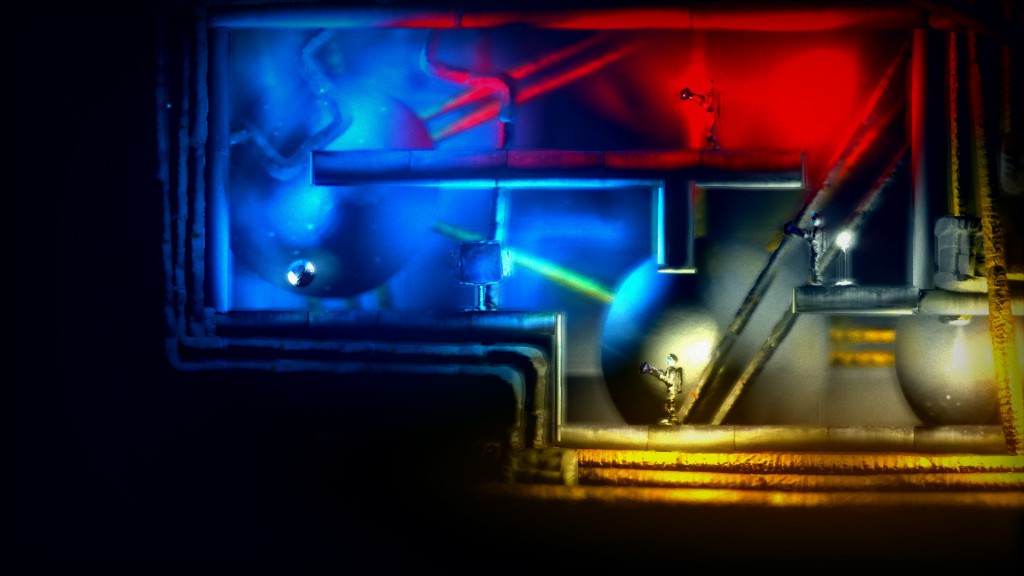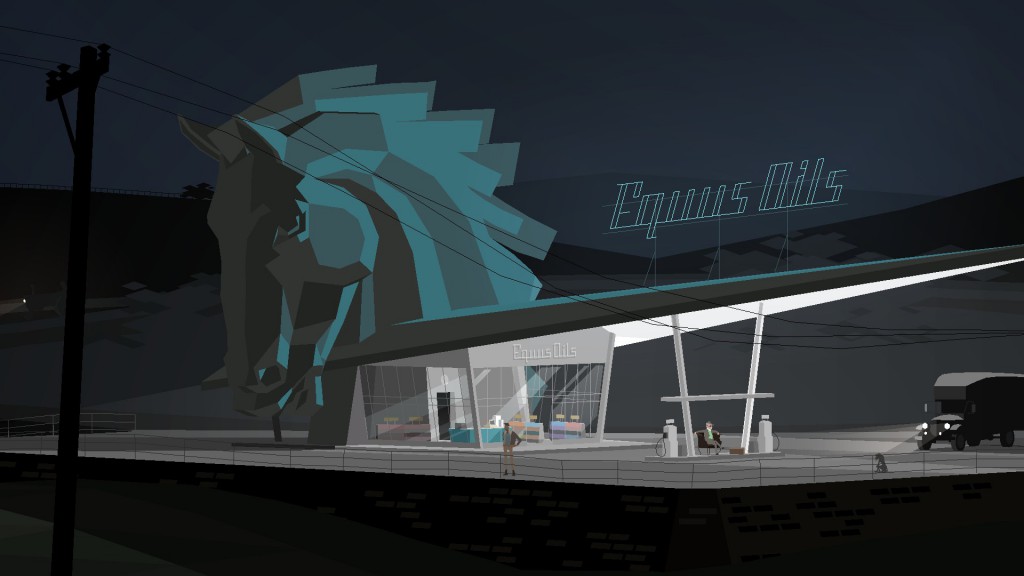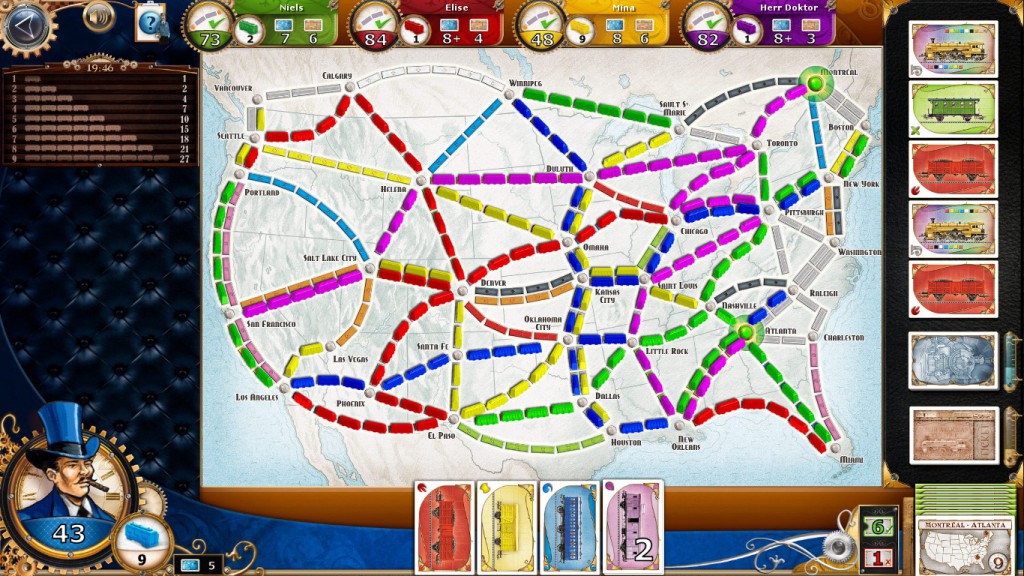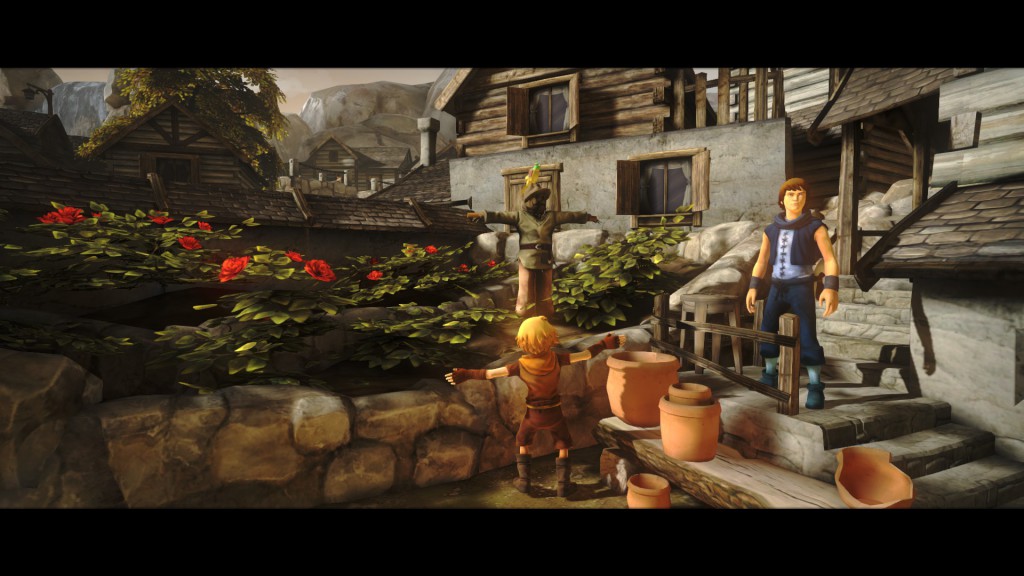You are a lonely astronaut landing your emergency vehicle on a deserted asteroid near an old excavation site. You enter the complex and find a mysterious device that lets you create mindless clones of yourself, and even transfer your consciousness to one of the clones. After teleporting to a derelict space station called Theseus orbiting the asteroid, you use this device to solve a number of puzzles on your way towards uncovering what has happened at the space station.
From the description above it is easy to dismiss The Swapper as “yet another puzzle game with a gimmick” but the game is more than that. The mysterious device used for the puzzle-solving, The Swapper, is actually the centre point in a story that involves philosophical issues about the nature of consciousness and existence of the soul. Pretentious, but captivating.
A very large number of clones has to be destroyed in order to progress the story (solve the puzzles) in The Swapper, a situation that made me feel surprisingly ill at ease. All those bodies that were created to act as a vessel of my mind for a short instance until the mind moved on to a new body were also part of the storyline in some way.
The melancholic atmosphere in the game, or should I say ambience since it is in space, fits perfectly. The unusual design of the spaceship interior combines well with the well-timed music and sound effects to set the mood. The puzzles had the right level of difficulty for me: I had to spend a quite significant time for trial and error testing to solve two of them, but in the end I managed to finish them all. The controls are easy to learn, but the animations often look a bit untidy.
The Swapper is a good game for people enjoying a well-told interesting story combined with relatively challenging puzzles. I am one of those people.





